In the depths of Whitechapel, a serial killer stalked his prey, leaving a bloody trail that would haunt London for centuries. With his true face still hidden, Jack the Ripper’s brutal crimes continue to fascinate and horrify. Delve into the terrifying pursuit of stalking Jack the Ripper, unraveling the dark secrets of the notorious Serial killer who terrorized London’s East End in 1888.
Table of Contents
Whitechapel’s Reign of Terror: Jack the Ripper Victims
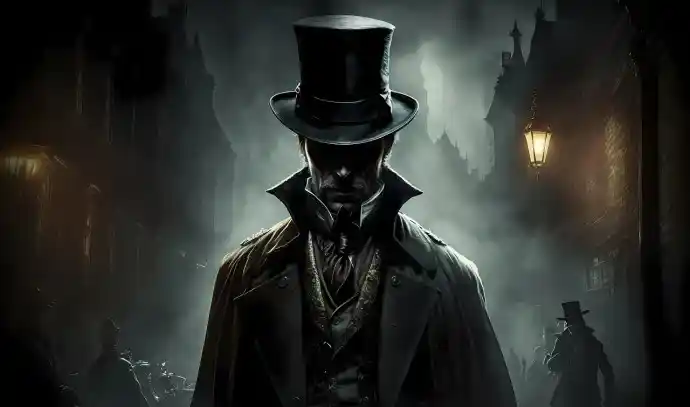
In the autumn of 1888, the streets of Whitechapel became a hunting ground for a shadowy figure who would forever be known as Jack the Ripper. Over a chilling three-month period, he unleashed a wave of terror, targeting vulnerable women who lived and worked in the impoverished district. The brutality of the murders was unprecedented, with each victim bearing the gruesome marks of a skilled and sadistic serial killer.
On August 31st, the first known victim, Mary Ann Nichols, known as Polly Nichols, was a 43-year-old woman struggling with alcoholism. She was last seen alive, leaving a lodging house on Thrawl Street, where she had spent her last pennies on alcohol. Her body was discovered in the early morning hours in Buck’s Row, her throat deeply slashed and her abdomen mutilated with a series of jagged cuts.
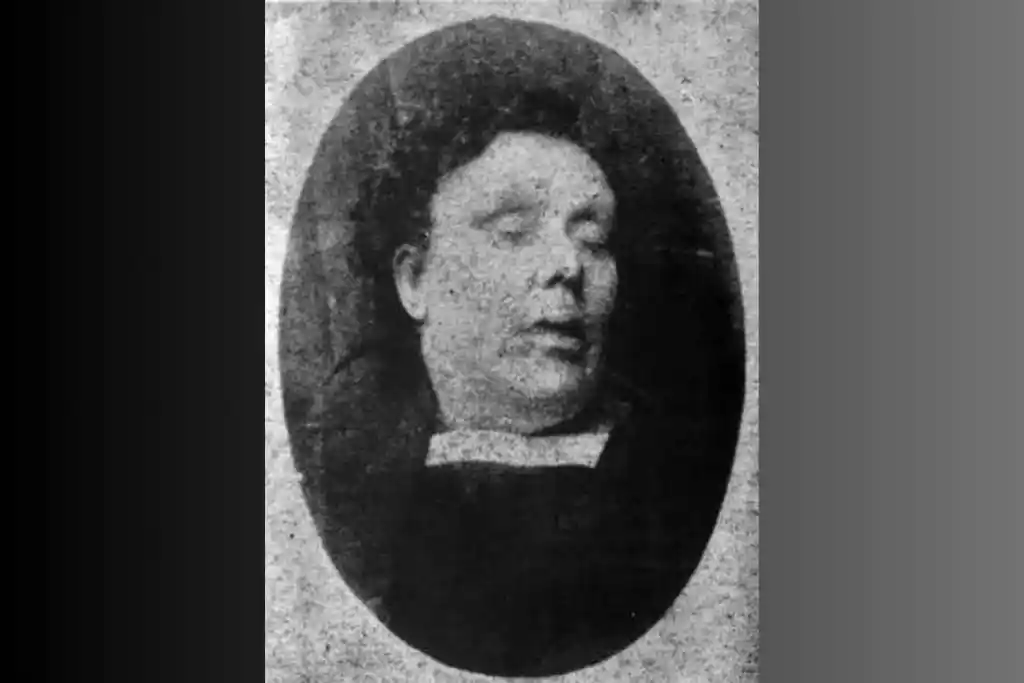
Annie Chapman, a 47-year-old woman, was known to be ill and frail. She was last seen alive talking to a man near Hanbury Street on September 8th. Her body was found in the backyard of a lodging house, her throat cut, and her abdomen brutally ripped open. Her uterus had been removed, leading to speculation that the killer had some anatomical knowledge.
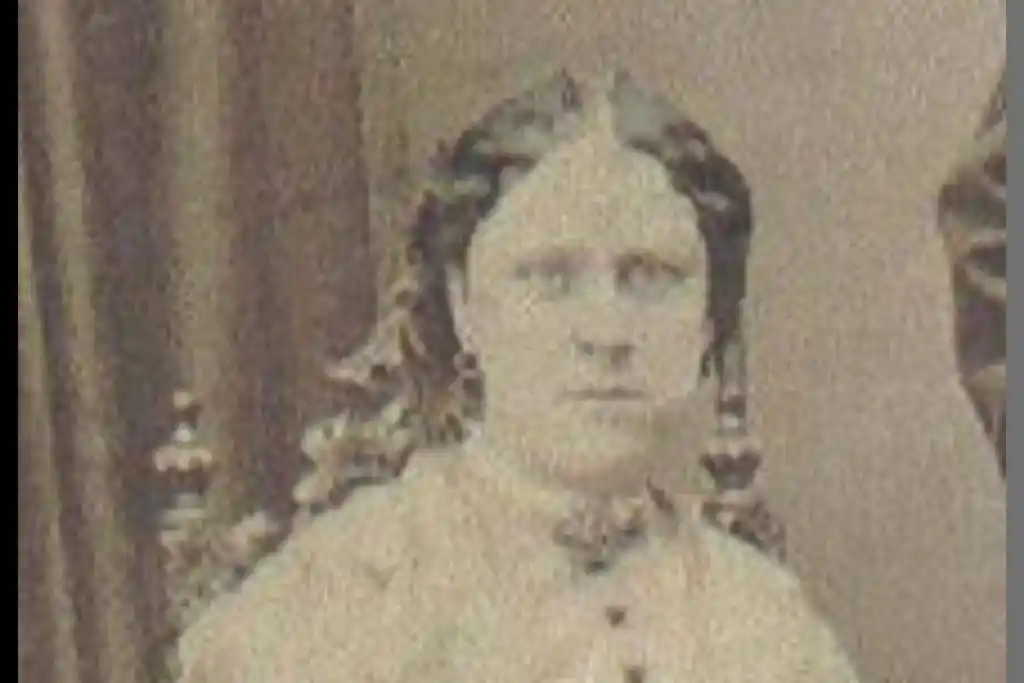
On September 30th, a night known as the “double event,” Elizabeth Stride, a 44-year-old woman, became a victim. Witnesses reported seeing her with a man near Berner Street shortly before her death. Her body was found in Dutfield’s Yard with her throat cut but no abdominal mutilation, suggesting the killer was interrupted.
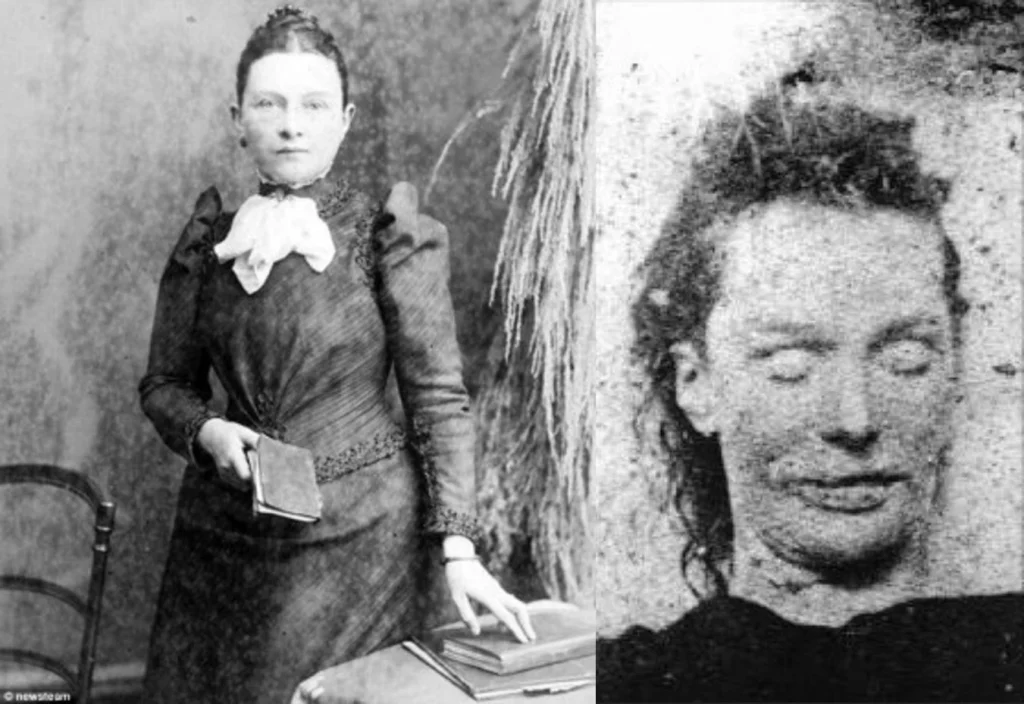
Just 45 minutes after Elizabeth’s murder, the body of Catherine Eddowes, also 44, was discovered in Mitre Square. Her throat was slashed, and her abdomen was ripped open—her left kidney and part of her uterus were removed—and her face was mutilated. This particularly gruesome murder further fueled public panic.

Finally, on November 9, 1888, the most brutal victim, Mary Jane Kelly, was a young woman in her twenties. She was last seen alive in her lodging on Miller’s Court. Her body was found the next morning, mutilated beyond recognition. Her throat was deeply slashed, and her abdomen was eviscerated, with her organs placed around her body. The level of violence inflicted upon Mary Jane was unprecedented, leaving even seasoned police officers shocked and horrified.
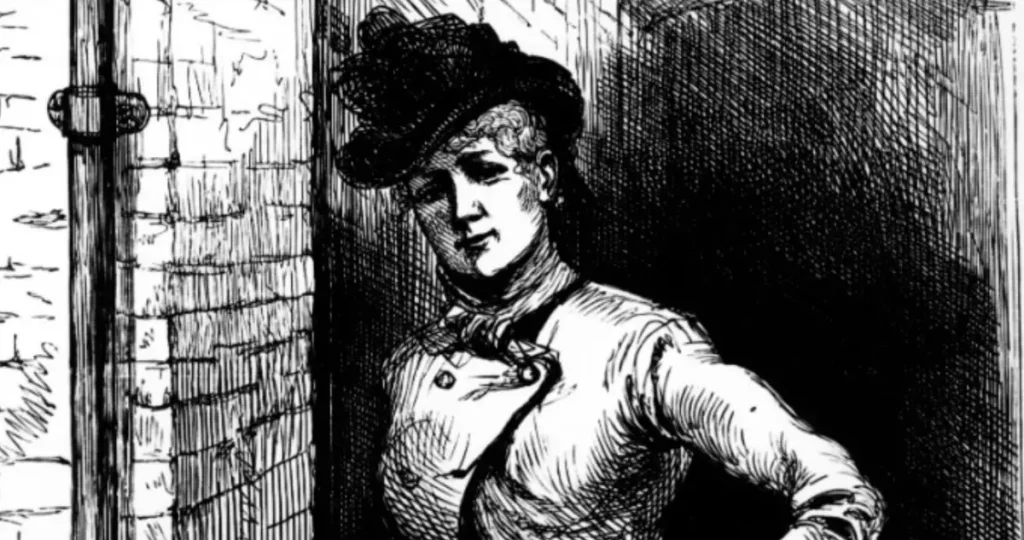
The Whitechapel murders terrorized the community and sparked a massive manhunt for the elusive Jack the Ripper. The killer’s ability to evade capture, coupled with the brutality of his crimes, created a sense of panic and outrage. The case became a media sensation, with newspapers fueling public hysteria with lurid details and speculation.
Despite extensive investigations, his identity remained a mystery, and the case remains unsolved to this day. The brutality of the crimes and the killer’s ability to vanish without a trace continue to fascinate and intrigue, making Jack the Ripper one of the most notorious figures in criminal history.
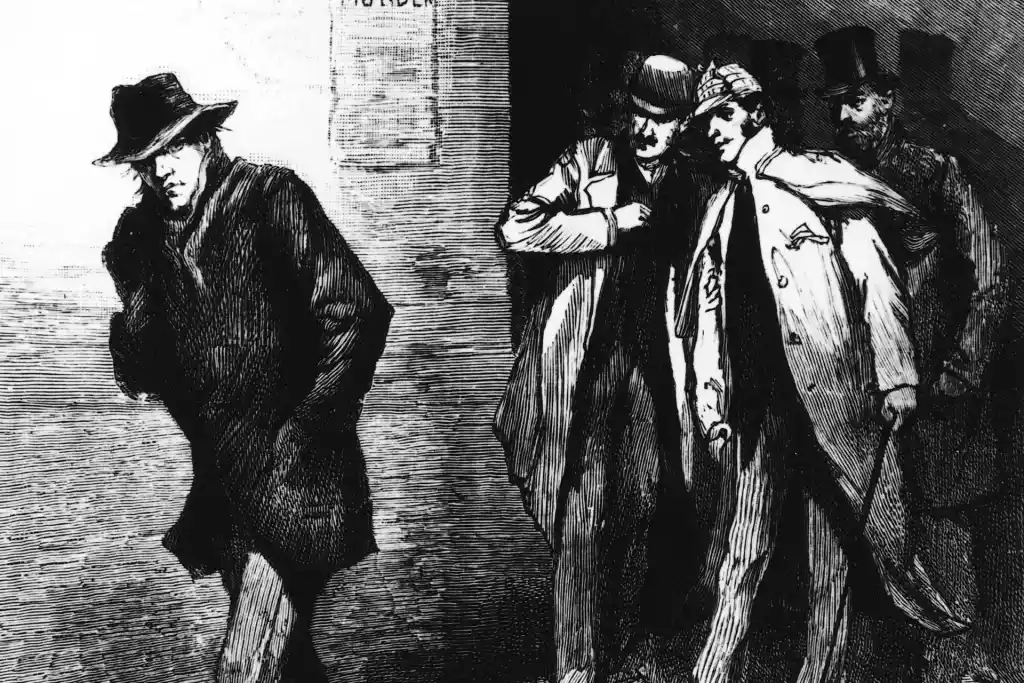
Jack the Ripper Suspects: Unraveling the Mystery of the Whitechapel Murderer
The identity of Jack the Ripper has remained a mystery for over a century, fueling endless speculation and debate. While no definitive answer exists, several individuals have emerged as prime suspects through historical research and modern investigative techniques. Some of the most prominent suspects include:
Is Edgar Degas Jack the Ripper?
A recent theory circulating on social media platforms, particularly TikTok, suggests that the renowned French Impressionist painter Edgar Degas may have been Jack the Ripper. This theory, while intriguing, lacks substantial evidence and is largely based on conjecture and circumstantial connections.
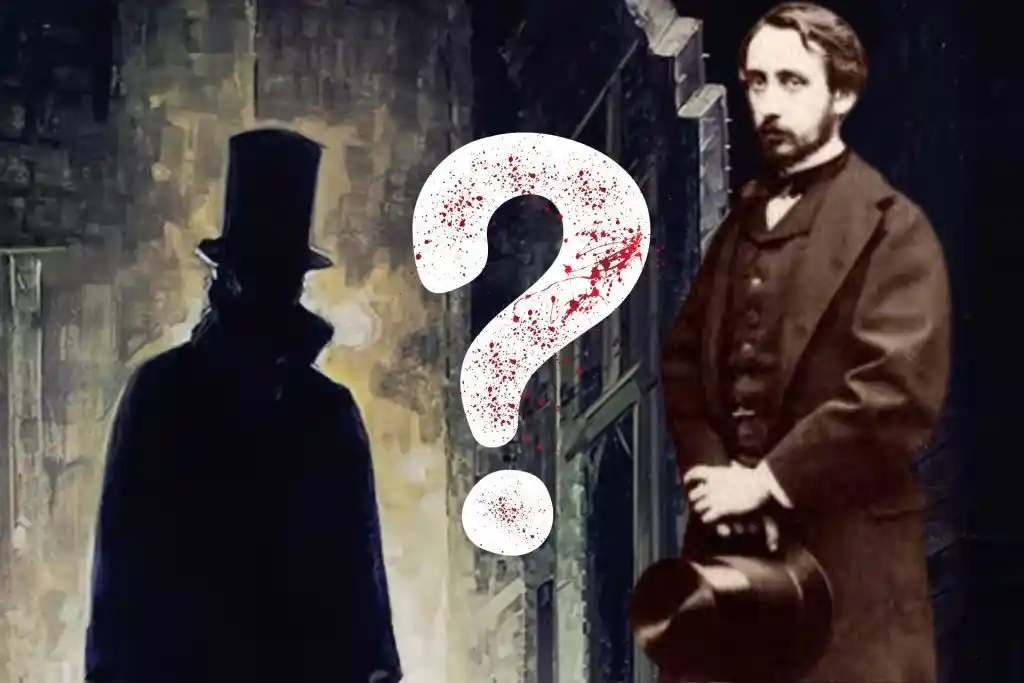
Proponents of the theory point to several factors:
- Degas’ Misogyny: Degas was known for his complex and often troubled relationships with women, and some of his artworks depict women in compromising or vulnerable positions. This has been interpreted as evidence of misogynistic tendencies, which could potentially align with the Ripper’s motives.
- Degas’ Interest in Anatomy: Degas was fascinated by the human form and attended dissections, which some argue could have provided him with the anatomical knowledge displayed in the Ripper’s mutilations.
- Similarities in Artwork: Some of Degas’ paintings, particularly his depictions of ballerinas, have been interpreted as containing subtle references to the Ripper’s crimes, such as the use of ribbons that resemble neck slashes.
- Lack of Evidence: There is no concrete evidence linking Degas to the Whitechapel murders. He was primarily based in Paris during the time of the crimes, and there is no record of him being in London at the time of any of the murders.
- Alternative Explanations: The aspects of Degas’ life and art that are cited as evidence can be interpreted in various ways. His interest in anatomy was common among artists of the time, and the symbolism in his paintings is open to multiple interpretations.
Numerous other suspects have been proposed for the Jack the Ripper case, many of whom have stronger circumstantial evidence or connections to the crimes than Degas.
- Montague John Druitt: A barrister and schoolteacher, Montague John Druitt’s suicide shortly after the final Ripper murder led to speculation about his involvement. Some believe his personal struggles with mental instability and knowledge of anatomy could have motivated the crimes. However, there is no direct evidence linking him to the crimes.
- Aaron Kosminski: A Polish immigrant living in Whitechapel, Aaron Kosminski was identified by a witness as a potential suspect. He was a Polish hairdresser residing in Whitechapel, who was identified as a suspect by a senior Scotland Yard officer. He fit the physical description provided by witnesses and exhibited signs of mental instability. Modern DNA analysis of a shawl found near one of the victims has suggested a possible link to Aaron, but the evidence remains inconclusive.
- Michael Ostrog: A Russian con man and thief with a history of violence, Michael Ostrog’s criminal background and proximity to Whitechapel made him a suspect. However, there is little evidence to support his involvement in the murders.
- Sir William Gull: The royal physician, Sir William Gull was implicated in a conspiracy theory that suggested the Ripper murders were orchestrated to cover up a royal scandal. This theory, while popularized in books and films, lacks credible evidence and is largely dismissed by historians.
- Francis Tumblety: An American quack doctor with a reputation for misogyny, Francis Tumblety was arrested in London shortly after the murders and questioned as a suspect. However, he was later released due to lack of evidence.
- Carl Feigenbaum: A German merchant sailor, Carl Feigenbaum was executed in 1894 for the murder of a woman in New York City. His lawyer claimed he confessed to being Jack the Ripper, and his violent tendencies and presence in London at the time of the murders make him a viable suspect.
- Walter Sickert: A renowned artist with a fascination for the macabre, Walter Sickert‘s paintings often depicted dark and violent themes. Some believe his knowledge of anatomy and interest in the Ripper case suggest a possible connection, although evidence is limited.
These are just a few of the many individuals who have been put forward as potential Jack the Ripper suspects. The lack of conclusive evidence has allowed for numerous theories and speculations to emerge, making the case an enduring enigma that continues to fascinate and intrigue.
The Ripper’s Gruesome Legacy
The legacy of Jack the Ripper’s reign of terror extended far beyond the immediate aftermath of the murders. The case exposed the grim realities of life in Victorian England’s underbelly, highlighting the plight of impoverished women and the social injustices that plagued the era. The murders also sparked a fascination with true crime that continues to this day, inspiring countless books, films, and documentaries.
Despite extensive investigations and numerous theories, the identity of Jack the Ripper remains a mystery. The case has become one of the most infamous unsolved crimes in history, a chilling reminder of the darkness that can lurk within seemingly ordinary individuals.
Jack the Ripper’s Letters: A Haunting Legacy of Mystery and Intrigue
The Jack the Ripper murders in 1888 were shrouded in mystery, and the numerous letters allegedly written by the killer only deepened the intrigue surrounding the case. Hundreds of letters were received by police and newspapers, each claiming to be from the infamous “Jack the Ripper.” However, most were considered hoaxes, fueled by the media frenzy and public fascination with the case.
Among the vast collection of letters, two stand out as particularly notable:
“Dear Boss” Letter:
- Received by the Central News Agency in September 1888, this letter was the first to use the name “Jack the Ripper.”
- The author claimed responsibility for the murders and threatened to continue his spree.
- The letter’s authenticity is debated, with some believing it was a hoax perpetrated by a journalist.

“From Hell” Letter:
- Sent to George Lusk, the head of the Whitechapel Vigilance Committee, in October 1888.
- This letter was accompanied by half of a preserved human kidney, allegedly taken from one of the Ripper’s victims.
- The letter’s tone is more erratic and disturbing than the “Dear Boss” letter, further fueling speculation about the killer’s identity and motives.
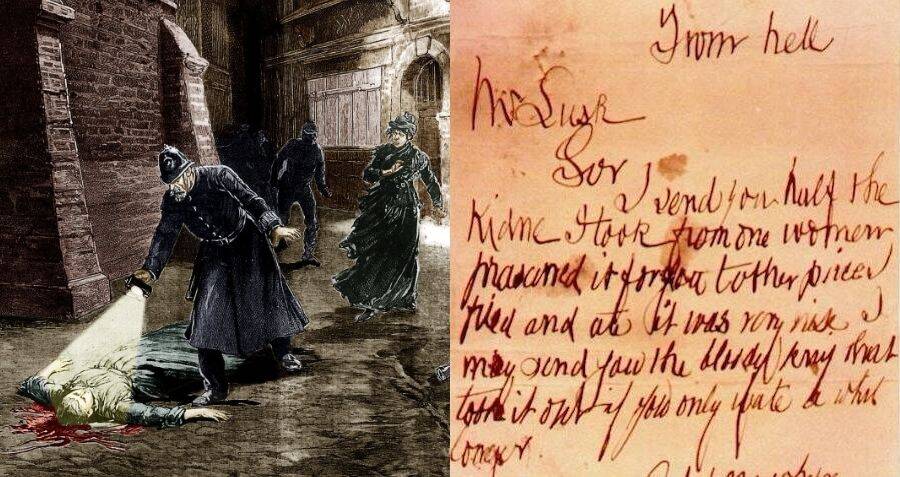
The authenticity of both letters remains a subject of debate among Ripperologists. Some believe they are genuine communications from the killer, while others consider them to be elaborate hoaxes designed to manipulate the investigation and stoke public fear.
Regardless of their authenticity, the Ripper letters played a significant role in shaping the public perception of the case. They contributed to the mythologization of Jack the Ripper, turning him into a macabre cultural icon. The letters also provided valuable insights into the mindset of the person claiming to be the killer, offering clues about their motives and potential psychological profile.
Today, the Ripper letters are a fascinating historical artifact, shedding light on the social and cultural context of Victorian London and the media’s role in shaping public perception of crime. They continue to be studied and analyzed by historians, criminologists, and amateur sleuths, adding another layer of mystery to the enduring enigma of Jack the Ripper.
Explore the story of Cleveland Torso Murderer: Infamous and unidentified Serial Killer
5-8 Detailed Points of Jack the Ripper
The Whitechapel Murders: Jack the Ripper is infamous for the brutal murders of five women in London’s Whitechapel district in 1888. These women were all impoverished prostitutes, and their deaths were characterized by gruesome mutilations.
• The “Canonical Five” Victims: The five victims officially linked to Jack the Ripper are Mary Jane Kelly, Mary Ann Nichols, Annie Chapman, Elizabeth Stride, and Catherine Eddowes.
• The “Dear Boss” Letter: This letter, sent to the Central News Agency in September 1888, was the first time the name “Jack the Ripper” was used. While its authenticity is debated, it fueled media frenzy and solidified the killer’s nickname.
• The “From Hell” Letter: Another letter, allegedly sent by Jack the Ripper, contained half of a preserved human kidney, supposedly from one of his victims. This gruesome act further heightened public fear and fascination with the case.
• The Identity Mystery: Despite extensive investigations and numerous suspects, the identity of Jack the Ripper remains unknown. The case has been the subject of countless theories and speculations, involving figures like Prince Albert Victor, artist Walter Sickert, and even Lewis Carroll.
• The Social Context: The Whitechapel murders occurred during a time of significant social unrest and poverty in London. The case exposed the harsh realities of life for the city’s most vulnerable residents and sparked calls for social reform.
• The Media Frenzy: The murders fueled a media frenzy, with newspapers sensationalizing the details and creating a climate of fear and paranoia. This media coverage contributed to the mythologization of Jack the Ripper, turning him into a macabre cultural icon.
• The Legacy: The Jack the Ripper case remains one of the most infamous unsolved mysteries in history. It continues to fascinate and intrigue people around the world, inspiring countless books, films, and documentaries.
Jack the Ripper Images of Victims: A Grim View of a Dark Past
The Jack the Ripper murders in 1888 left behind a chilling collection of images documenting the victims and the crime scenes. These photographs, sketches, and illustrations offer a grim glimpse into the brutality of the crimes and the lives of the women who tragically lost their lives.
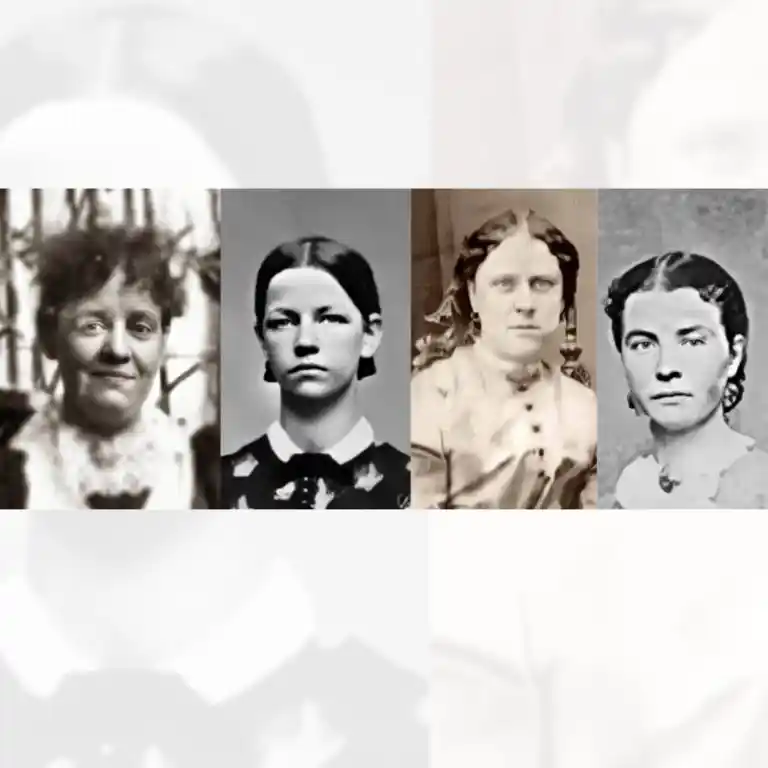
- Postmortem Photographs: These images, taken by police photographers, depict the victims’ bodies after the attacks. They are graphic and disturbing, showing the extent of the mutilations inflicted by the Ripper. These photographs were crucial for investigators at the time, providing vital clues about the killer’s methods and potential motives.
- Crime Scene Sketches: In addition to photographs, detailed sketches were created of the crime scenes, documenting the positions of the bodies and any potential evidence found. These sketches offer a visual representation of the scenes as they were discovered, providing valuable insights into the Ripper’s modus operandi.
- Newspaper Illustrations: During the height of the Ripper scare, newspapers published numerous illustrations depicting the victims and the crime scenes. These drawings, often based on witness accounts and police descriptions, served to inform and terrify the public, further fueling the media frenzy surrounding the case.
- Modern Reconstructions: In recent years, forensic artists and historians have created modern reconstructions of the victims’ faces, based on postmortem photographs and descriptions. These images aim to humanize the victims, reminding us that they were real women with lives and stories beyond their tragic deaths.
These images also offer valuable historical and forensic insights, aiding in our understanding of the Jack the Ripper case and its impact on society. While some of these images are readily available online, others are held in archives and private collections, accessible only to researchers and historians. They remain a haunting testament to a dark chapter in history, reminding us of the importance of remembering the victims and the ongoing pursuit of truth in the Jack the Ripper case.
Jack the Ripper Face Theories: A Glimpse into the Unknown
Despite countless investigations and theories, the true identity of Jack the Ripper remains shrouded in mystery. Over the years, numerous attempts have been made to reconstruct the killer’s face, relying on witness descriptions, forensic analysis, and even modern technology. These efforts have resulted in various depictions, each offering a different glimpse into the possible appearance of the infamous killer.
- Contemporary Sketches and Descriptions: During the Whitechapel murders, police and newspapers released sketches and descriptions based on witness accounts. These often varied, with conflicting details about the killer’s height, build, age, and facial features. Some described him as a well-dressed gentleman, while others portrayed him as a shabbily dressed laborer. These inconsistencies highlight the difficulty of relying on eyewitness accounts and the potential for misidentification.
- Modern Forensic Reconstructions: In recent years, forensic artists and experts have utilized modern techniques to create more accurate reconstructions of the Ripper’s face. These reconstructions are based on a combination of witness descriptions, historical photographs, and anatomical knowledge. While these images provide a more detailed and realistic representation, they are still based on interpretations and assumptions, leaving room for error and debate.
- Digital Age Approaches: With advancements in technology, some researchers have turned to facial recognition software and artificial intelligence to analyze historical photographs and compare them to potential suspects. This approach aims to identify patterns and similarities that could lead to a more definitive identification of the Ripper. However, the reliability and accuracy of these methods remain contested, and the results are often inconclusive.
- Artistic Interpretations: Artists and illustrators have also contributed to the visual representation of Jack the Ripper. Their depictions often reflect the cultural and historical context of the time, portraying the killer as a menacing figure shrouded in darkness. These artistic interpretations, while not necessarily accurate, capture the fear and fascination surrounding the Ripper and contribute to his enduring legacy as a cultural icon.
The various Jack the Ripper face theories offer a glimpse into the ongoing efforts to unravel the mystery of his identity. While none of these depictions can be definitively confirmed as accurate, they provide valuable insights into the physical characteristics, social context, and cultural impact of one of history’s most notorious figures. The elusive face of Jack the Ripper continues to haunt our imaginations, serving as a chilling reminder of the darkness that can lurk beneath the surface of human nature.
Similar “Serial Killers” Crime Stories
- John Wayne Gacy: Pogo the Killer Clown
- Samuel Little: The Most Prolific Serial Killer in American History
- Pedro López: The Monster of the Andes
- The Case of Belle Gunness: The Deadly Widow
Jack the Ripper Museum
The Jack the Ripper Museum is a museum and tourist attraction located in Cable Street, London. It opened in 2015 and aims to recreate the East End of London setting in which the unsolved Jack the Ripper murders took place in 1888.
The museum features exhibits on the lives of the victims, the main suspects, the police investigation, and the daily life of those living in the East End of London during that time. It also has some original artifacts from the period, as well as waxwork recreations of crime scenes and sets.
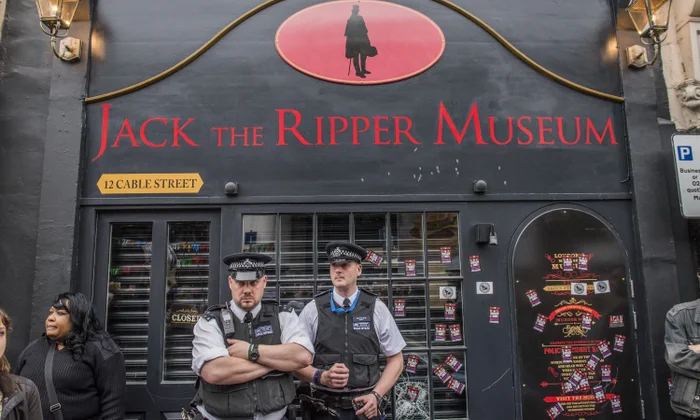
The museum has been controversial since its opening, with some criticizing it for exploiting the murders of the victims and for its sensationalized portrayal of Jack the Ripper. However, others argue that it is a valuable resource for learning about the history of the East End of London and the Jack the Ripper murders.
Notable Jack the Ripper Movies: A Cinematic Obsession
The enigmatic and terrifying figure of Jack the Ripper has captivated filmmakers for over a century, resulting in a plethora of movies exploring the mystery, horror, and social context of the Whitechapel murders. These films offer diverse interpretations of the case, from historical dramas to psychological thrillers and even comedic takes on the notorious killer.
- The Lodger: A Story of the London Fog (1927): This silent film is considered one of the earliest and most influential portrayals of the Ripper, focusing on a mysterious lodger suspected of being the killer.
- Jack the Ripper (1959): This British film features a star-studded cast, including Christopher Lee, and delves into the police investigation of the murders.
- Hands of the Ripper (1971): This Hammer Horror production takes a gothic approach, portraying the Ripper’s daughter as a disturbed young woman who continues her father’s legacy of violence.
- Jack the Ripper (1976): This German film, starring Klaus Kinski as the Ripper, offers a psychological portrait of the killer, exploring his motivations and mental state.
- Murder by Decree (1979): This Sherlock Holmes-inspired film features the famous detective investigating the Ripper murders, adding a fictional twist to the historical events.
- From Hell (2001): Based on the graphic novel of the same name, this film delves into the conspiracy theories surrounding the Ripper case, implicating figures in the British Royal Family.
- Ripper Street (2012-2016): This BBC television series follows a team of detectives in Whitechapel as they investigate various crimes in the aftermath of the Ripper murders, offering a glimpse into the social and political landscape of Victorian London.
These are just a few examples of the many films inspired by the Jack the Ripper case. Each film offers a unique perspective on the murders, exploring different aspects of the mystery, the characters involved, and the historical context. The enduring fascination with Jack the Ripper continues to inspire filmmakers, ensuring that his chilling legacy lives on in cinema for years to come.
Watch “The Diary Of Jack The Ripper”

The diary, meticulously scrutinized, verified, and questioned, unveils a mounting case against James Maybrick as Jack the Ripper. Experts grapple with the chilling information within, leading to the undeniable conclusion: Was Maybrick the infamous killer? This comprehensive history delves into the horrific murders, presenting graphic photos, disturbing details, and compelling evidence.
Read “The Complete History of Jack the Ripper”
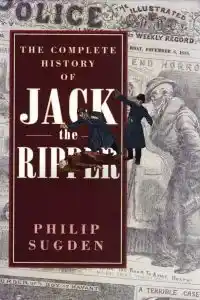
A definitive work on the Ripper murders, meticulously researched by a historian, unveils new evidence, including a possible new victim, detailed accounts of the victims’ lives, and the exoneration of several previously suspected individuals.
FAQs
How did Jack The Ripper Die?
The true identity of Jack the Ripper, the infamous serial killer remains unknown, and therefore, how he died is also a mystery. Since the killer was never caught or identified, there are no historical records or credible evidence detailing his death.
Was Jack The Ripper a Terrorist?
No, Jack the Ripper was not a terrorist. He was a serial killer who murdered at least five women in London in 1888. His crimes were brutal and targeted, but they were not motivated by political, religious, or ideological purposes, which are typically associated with terrorism.
When was Jack The Ripper Active?
Jack the Ripper was active in 1888, specifically between August and November of that year. The murders attributed to him took place in the Whitechapel district of London.
What is Jack the ripper’s real name?
The real name of Jack the Ripper is unknown. Despite numerous theories and investigations, the true identity of the notorious serial killer has never been definitively established.
How did authorities go about stalking Jack the Ripper during his crime spree?
Authorities in 1888 conducted extensive investigations, including interviewing witnesses, analyzing crime scenes, and distributing police notices, in their efforts to catch and stop Jack the Ripper.